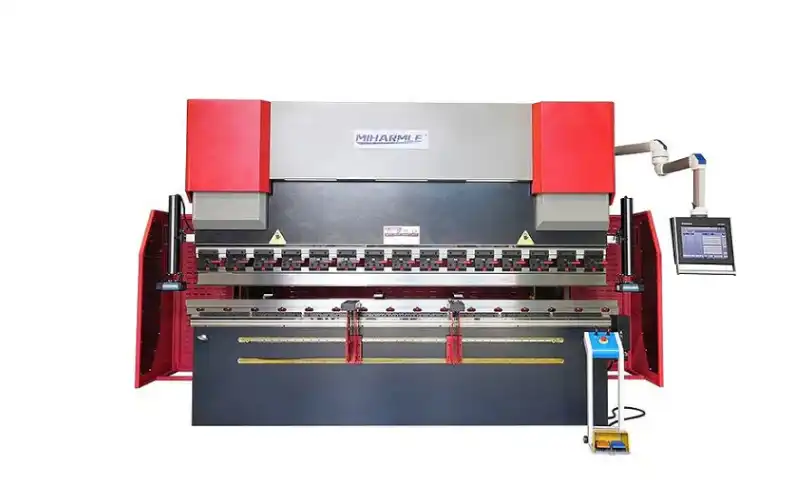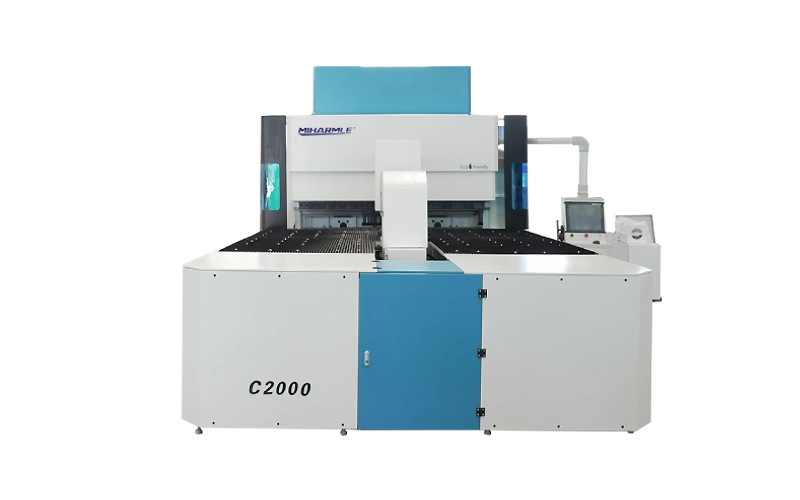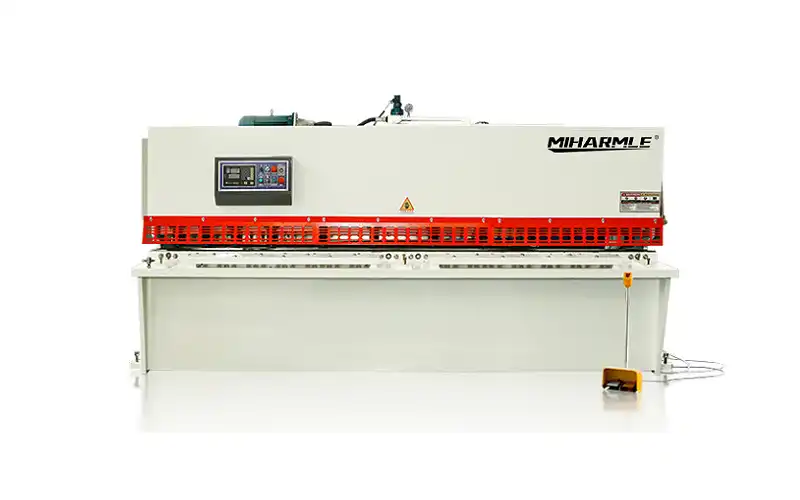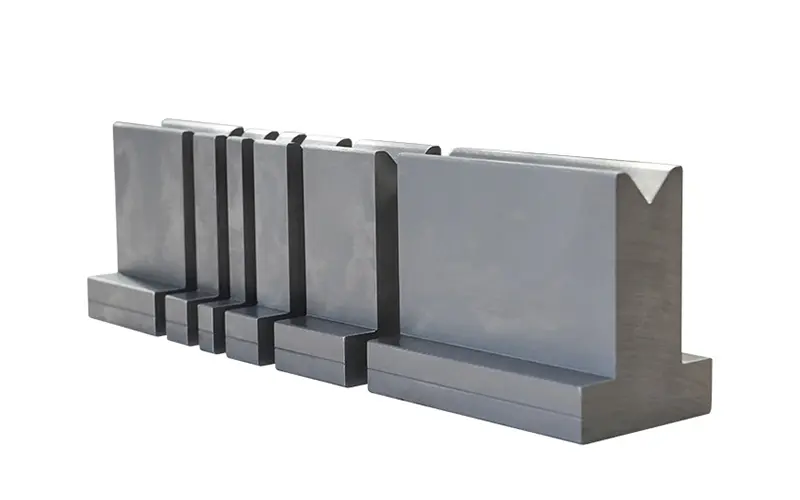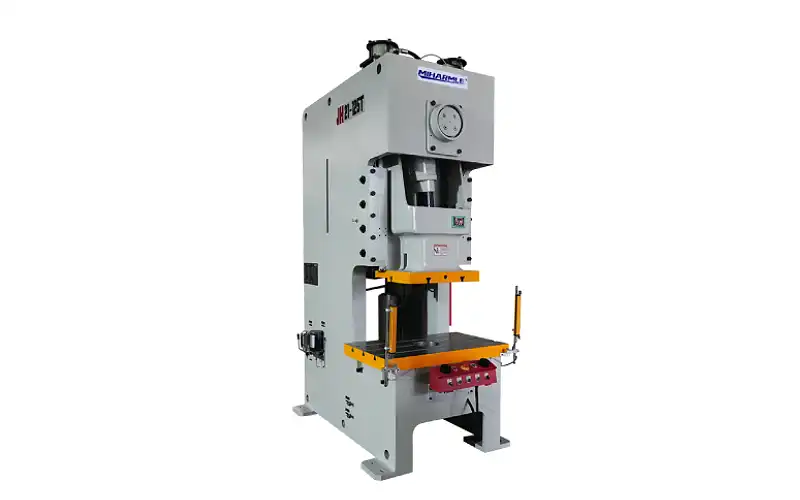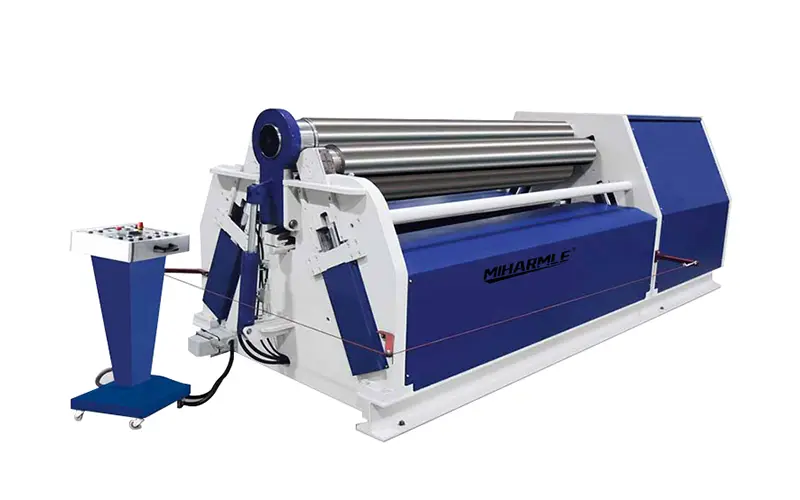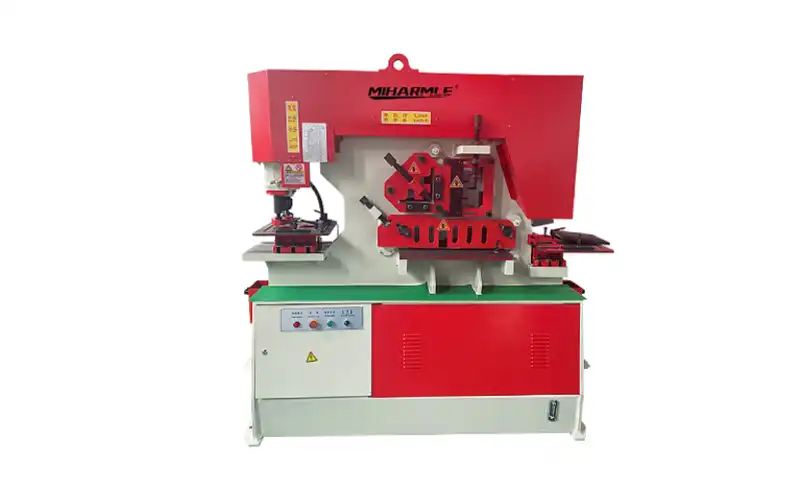Regarding precision metal forming, the debate often centers around “Press Brake vs Panel Bender.”
Both are undoubtedly excellent and serve their purpose well. However, they differ in many ways. Their dissimilarities in terms of precision and efficiency make them worlds apart.
Metal fabrication forming requires both of these methods. Different manufacturers use these methods depending on their needs. Understanding their differences is key to making wise decisions. This guide will uncover all their distinctions in terms of performance and efficiency. So, let’s get started!
What Is a Press Brake?
Press brake machines are an integral part of metal fabrication. They mainly consist of punches and dies. The workpiece is placed on dies. The punch comes down, presses the material, and bends it to the desired angle. Different shapes and sizes of the dies are used for various bends.
Various types of press brakes are available, and their prices vary. Old bending machines are manual and require labor. On the flip side, some modern press brake machines have CNC systems. They are more towards automation and require minimal human involvement. However, the prices of these CNC press brakes are very high. Get a CNC press brake quote.
What Is a Panel Bender?
The panel bender’s function is the same as that of the press brake, but it works in entirely different ways. The panel bender’s machine does not contain punches or dies; instead, it has a moving blade that bends the workpiece at various angles.
The material is placed in a clamping unit that holds it steady. The moving blades can move up, down, in, and out, so their accurate movement bends the material at the desired angle. These machines can be manual or semi-automatic. However, their performance is almost the same.
The key difference is that the automatic machine requires minimum labor involvement. This machine’s precision makes it popular when bending material in complex shapes. Usually, the press brake machine makes mistakes, and its bending slightly deviates from the required angle. However, that is not true when using the panel bender machine.
What’s the Difference Between a Press Brake and a Panel Bender?
In the above section, we understood the basic function of these two machines. However, there are many key distinctions between them. Understanding those is critical as it helps in making better decisions during selection. Let’s explore the differences between these press brakes and panel bender machines.
1- Working Principle
The working mechanisms of these two machines vary. The press brake machine consists of two main components: die and punch. The material that needs to be bent is placed on the die. Different die shapes are available. Each of those supports bends at various angles.
So, the punch comes down at the die with pressure and presses the material. The material goes inside the die and gets bent according to its shape. This manual process requires labor for the press brake machine to function. So, how do you choose press brake machine tooling?
However, the working of the panel bender is entirely different. This machine consists of a clamp and blades. These blades can move up, down, in, and out. The workpiece is placed on the clamp unit that holds it firmly. The machine is then switched on.
The blades move in different directions according to the instructions fed to the machine. During the movement, they bend the material at the desired angle. This bending is 100% accurate, and there will be no deviation of a single degree because this machine is controlled by CNC technology.
2- Efficiency
The panel bender machine offers better efficiency and performance. Old-fashioned press brake machines are usually slow and do not offer 100% accuracy. Operators must change the different dies and tools to get the desired bending material while working.
For example, if one material needs 45-degree bending, it will use one specific die. However, if the next material in the queue requires 90-degree bending, the operator must manually change the die and tools. This is a time-consuming process and reduces efficiency.
On the opposite, the panel bender machines consist of a CNC system. They usually don’t require tool changing. Once the material is placed on the clamp, the blades do their magic and bend the material. The computer controls the whole process. So, these machines give output in a very short time.
Even if you have thicker material to bend, the panel bender will not take much time. However, the bending slows down when there is thick material in the press brake machine. So, panel benders must be preferred for quick, efficient, and precise bending in different materials.
3- Functionality & Components
The components of the press brake and panel benders are different. For instance, the press brake machines rely on dies and punches. However, the panel benders consist of clamp units and moveable blades. These components make their functionality different.
Press brakes are conventional machines. Conversely, the panel benders are more advanced and utilize a CNC system. The operation adjusts the tools and blades with the help of a computer. Due to the involvement of CNC, panel benders offer better functionality.
Quick Note: The press brake machines pose safety hazards as well. When bending a small material, the operator must bring his hand close to the die for better control. The smaller negligence can put the operator’s hand in danger. In contrast, the panel bender is 100% safe.
4- Bending Quality
The panel bender machine offers better-bending quality and accuracy. It uses CNC machines associated with computerized programs, so the machine follows the instructions. The blades move according to the instructions and bend material according to the desired bending degree.
However, the press brake machine has a slightly compromised bending quality. The reason is that the laborer controls the press brakes. Small mistakes during operation lead to somewhat different bends. If you need 45 degrees, you won’t get exactly 45, and there will be a slight increase or decrease.
This deviation can be neglected. However, you won’t see such a bending deviation in panel benders. Moreover, modern press breaks also come with CNC. But they are super expensive compared to the panel benders. Mid-range fabricators cannot afford such a costly machine.
Quick Note: The press brake machines also wrinkle the material during bending, weakening it. However, you won’t see such issues using the panel fender machines.
5- Versatility
Both of these machines are versatile. They can bend the material into any shape. However, press brakes are limited when bending material into a complex shape. They also have limitations when making internal flanges. In addition, they require many tools to produce complex geometries.
However, the panel bender machines are efficient. They can easily bend the material into any shape. No matter how complex shape is required, these machines are up for the task. Moreover, their blades are capable of making internal flanges. Above all, these machines do all the complex bending very quickly.
6- Cost & Affordability
Generally, press brake machines are less costly. However, panel benders are more cost-effective than their counterparts. It might sound confusing, but this is true. Manual press brakes require a small initial investment, but this is a half-truth.
With this machine, you’ll have to buy the tools. The machine will have limited functionality if you don’t buy these tools. The price of these tools makes the machine more costly. On the flip side, the panel bender machines are slightly more expensive. They require a high initial investment.
However, they don’t require aggressive tooling like press breaks. So, you won’t have to buy the tools separately while using panel benders. The reason is that the machine comes with built-in required tools. Thus, panel benders are more cost-effective in the long run. The ongoing maintenance cost of manual press breaks is also high, which is another drawback.
Quick Note: CNC press brake machines are also available. Their cost is very high compared to manual press brakes and panel benders. Panel bender machines are cost-effective and beneficial in the long run.
7- Applications
Both of these machines are majorly useful in bending material. However, their working methods are quite different. Their usability is common in metal forming and fabrication.
Their applications are diverse, and many industries use two depending on their needs. Here is the table showing the applications of these two types of machines.
| Press Brake Applications | Panel Bender Applications |
| Metal Bending at different angles | Metal bending & Panel Fabrication |
| Forming complex shapes | Sheet Metal Enclosures, and chassis |
| Prototyping and Production | Production of Signage and advertisement Displays |
| Automotive Industry | Automotive Industry (Common in both) |
| Appliance Manufacturing | Aerospace Industry for fuselages, wings, etc |
| Used in construction to make architectural elements | Used in manufacturing refrigerators, washing machines, and dryers |
| Electronics and Electrical Equipment | Kitchen Equipment |
| Furniture Manufacturing | HVAC Systems and ductwork |
It is interesting to note that these two machines are used in many similar industries. For example, they both serve in automobiles and aerospace. Simply put, their usability is common in all the industries in which metal fabrication is involved.
Which One is Better: Press Brake or Panel Bender?
It depends on the needs and preferences. Both are good in their ways. Press brakes are generally used by small to mid-range manufacturers that don’t require bending a lot of material. Both differ in pricing, influencing the selection of these two machines.
Press brake machines are old-fashioned and don’t provide a quick turnaround. On the flip side, panel benders are very efficient and very fast. They can bend thick metal sheets in no time. Their fast and reliable bending and complex shapes make them a better option.
However, panel bender machines are expensive, and not everyone has the budget to afford them. So, if you have a tight budget and are looking for a budget-friendly option, Press Brake will suit you. This machine requires less initial investment, making it a good starting point.
Once your business is running, you can later invest in buying tools for that machine. However, if you’re an established business owner, you should go with a panel bender machine. It offers excellent performance and precision. Its ongoing maintenance cost is zero as it doesn’t require additional tools.
FAQs
Q1: What is the difference between a bender and a press brake?
Both machines are used for bending metal sheets. The primary difference lies in their working methods and precision.
A panel bender offers a quick turnaround with 100% precision. The press brake has compromised efficiency and requires heat for its operation.
Q2: What are the disadvantages of press brakes?
Despite many pros, press brake machines pose many disadvantages. Those include initial high investment costs, especially for larger, more advanced models. They also require skilled labor to operate. Moreover, their ongoing maintenance cost is also high.
Q3: Is a press brake hard to operate?
Yes, it is slightly hard to operate and requires specialized skilled labor. Slight mistakes in its operation, such as wrong bending, can pose serious issues.
Moreover, the quality of the bend also depends on the laborer’s skills. In contrast, the panel bender is easy to operate and requires minimal labor. Everything is automated with a CNC system.
Panel bending machines are usually more straightforward than CNC bending machines. Because CNC bending machines require operators to have higher technical skills and experience. In addition, writing CNC programs also require specific technical knowledge.
Conclusion
Both press brake and panel bender machines are excellent options for metal fabrication. However, they both have pros and cons. Which option you should choose depends on your budget and needs. Press brakes are inexpensive, and the counter is a super pricey premium.
However, the high price of panel bender machines is worth every penny. They offer better performance, precision, and efficiency. You will get your work done in minutes, which will be done in hours with a press break. This guide covers all of their basic distinctions.
If you are interested in a CNC press brake, please contact us. As a Chinese CNC sheet metal processing machine manufacturer, we can provide you with the highest-quality press brake at the lowest price.

